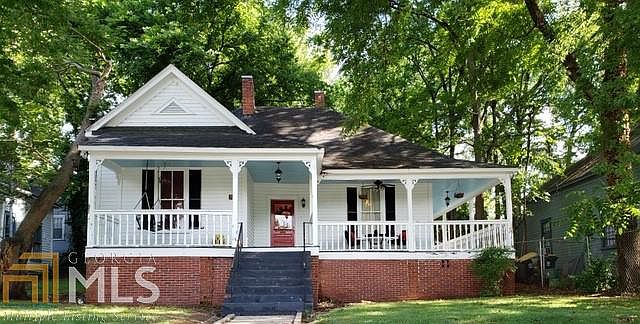

New York was at that time extremely tense Patriot forces were beginning to disarm and evict Loyalists, and the British fleet anchored there was having difficulty acquiring provisions. Major General Charles Lee, sent by Major General George Washington to see to the defense of New York, coincidentally arrived there the same day as Clinton. Clinton left Boston on January 20 with two companies of light infantry, and first stopped at New York City to confer with William Tryon, New York's royal governor. The Irish expedition, originally supposed to depart at the beginning of December 1775, was delayed by logistical difficulties, and its 2,500 troops did not depart until February 13, 1776, escorted by 11 warships under the command of Admiral Sir Peter Parker. The plan was beset by difficulties from the start. Major General Henry Clinton, then in Boston, was to travel to Cape Fear, North Carolina, where he would join with largely Scottish Loyalists raised in the North Carolina backcountry, and a force of 2,000 men from Ireland under the command of Major General Charles Cornwallis.

Seeking bases of operations where they had more control, the British planned an expedition to the southern colonies. British operations īritish army forces in North America were primarily tied up with the siege of Boston in 1775. Throughout 1775 and into 1776, militia recruits arrived in the city from the colony's backcountry, the city's manufacturers and tradesmen began producing war material, and defensive fortifications began to take shape around the city.

The city's citizens joined other colonists in opposing the British parliament's attempts to tax them, and militia recruitment increased when word arrived of the April 1775 Battles of Lexington and Concord. When the American Revolutionary War broke out in 1775, the city of Charlestown in the Province of South Carolina was a center of commerce in southern North America. Main article: Southern theater of the American Revolutionary War The British withdrew their expedition force to New York, and did not return to South Carolina until 1780. Careful fire by the defenders wrought significant damage on the British fleet, which withdrew after an entire day's bombardment. The naval bombardment had little effect due to the sandy soil and the spongy nature of the fort's palmetto log construction. The land assault was frustrated when the channel between the two islands was found to be too deep to wade, and the American defenses prevented an amphibious landing. General Charles Lee, commanding the southern Continental theater of the war, Arriving there in early June, troops were landed on Long Island (now called Isle of Palms), near Sullivan's Island where Colonel William Moultrie commanded a partially constructed fort, in preparation for a naval bombardment and land assault. Finding conditions unsuitable for their operations, General Henry Clinton and Admiral Sir Peter Parker decided instead to act against Charlestown. Delayed by logistical concerns and bad weather, the expedition reached the coast of North Carolina in May 1776. The British organized an expedition in early 1776 for operations in the rebellious southern colonies of North America. It is also sometimes referred to as the first siege of Charleston, owing to a more successful British siege in 1780. It took place near Charleston, South Carolina, during the first British attempt to capture the city from American forces. The Battle of Sullivan's Island or the Battle of Fort Sullivan was fought on June 28, 1776, during the American Revolutionary War.


 0 kommentar(er)
0 kommentar(er)
